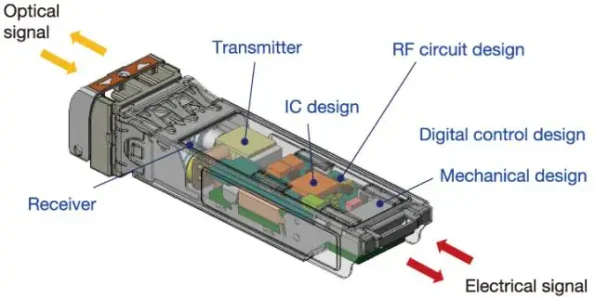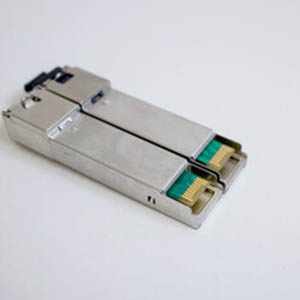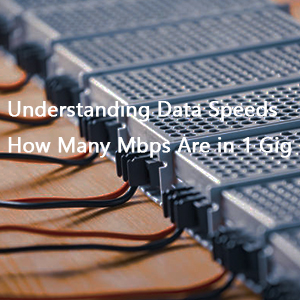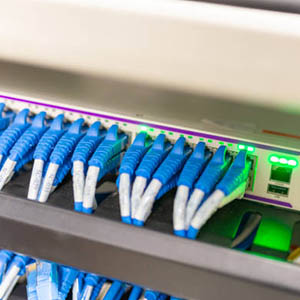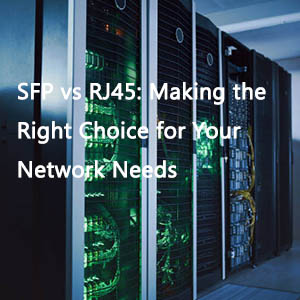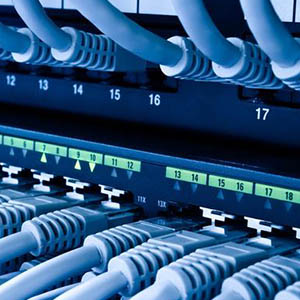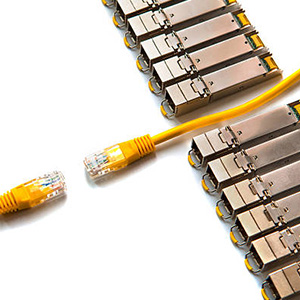In the actual application of optical modules, problems are often encountered. No matter it is an original module or a third-party module, the failures encountered are all strange. Today, FiberLife will answer some questions that users often ask.
Question 1: What determines the transmission distance of the module?
A: Generally speaking, the transmission distance of optical modules and AOC depends on the modules and AOC themselves, and has little to do with the equipment. The transmission distance of DAC is determined by the equipment and DAC together. However, for optical modules that support FEC (forward error correction), the equipment must also support FEC to transmit farther. For example, the existing 40G single-mode can only transmit 30km if it does not support FEC, but it can transmit 40km if it supports FEC.
Question 2: What parameters should be considered when buying long-distance single-mode optical modules?
A: For 40km/80km optical modules, when buying them, you must not only look at the declared distance and the customer’s actual fiber length, but also the declared receiving sensitivity and the customer’s actual line optical attenuation, otherwise you will find that the declared 80km optical module cannot transmit 80km at all.
Question 3: Why can the code written on my module be used on the model 1 network card of manufacturer A, but not on their model 2 network card?
A: It may be that the checking mechanism of the compatibility code of their model 2 network card has changed. Now it needs to check the compatibility code, but not the model 1.
Question 4: My third-party module works well on many other devices, why doesn’t it work on your device?
A: This may not be a problem with the device. It is very likely that this module has been compatible with other devices (note: compatibility does not refer to writing codes, but various signal specifications, etc.), but has not been compatible with this device.
Question 5: Now only one end of the line is UP, and the other end is not UP. Shouldn’t it be either UP or not UP?
A: Because receiving and sending are separate, this phenomenon will occur if there is a problem with one of them.
Question 6: There is packet loss on the line now. A large number of CRC error packets have been received on the port of your device. There must be a problem with your device.
A: The port receives CRC error packets, which are sent by the other end. First, check the other end device and the line (especially there may be third-party devices on the middle line).
Question 7: What are the possible reasons for the port not being UP?
A: There are too many reasons, such as: one end is auto-negotiation and the other end is forced; for example, the temperature of one end is abnormal; there is a compatibility problem between the module and the device; there is a compatibility problem between the two devices; the fiber is abnormal; the code is incorrect; one end has FEC turned on and the other end has not (different devices, if they all support FEC, some are enabled by default, and some are disabled by default); the optical attenuation is too severe, exceeding the rated range of the optical module, and there are many more… Including the behavior of the device itself, such as loop protection, link jitter protection, etc.
Question 8: What are the possible reasons for packet loss?
A: There are more reasons for packet loss than port not being UP, such as abnormal temperature at one end; compatibility issues between the module and the device, or between the two devices; fiber abnormality; too much optical attenuation, etc. In addition to these port and line reasons, there are many equipment or configuration reasons, such as congestion, Burst, configuration errors, etc.

